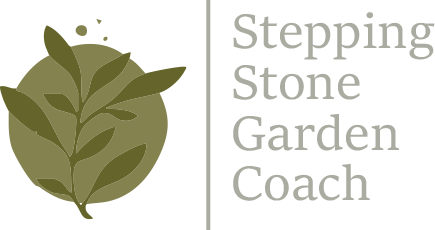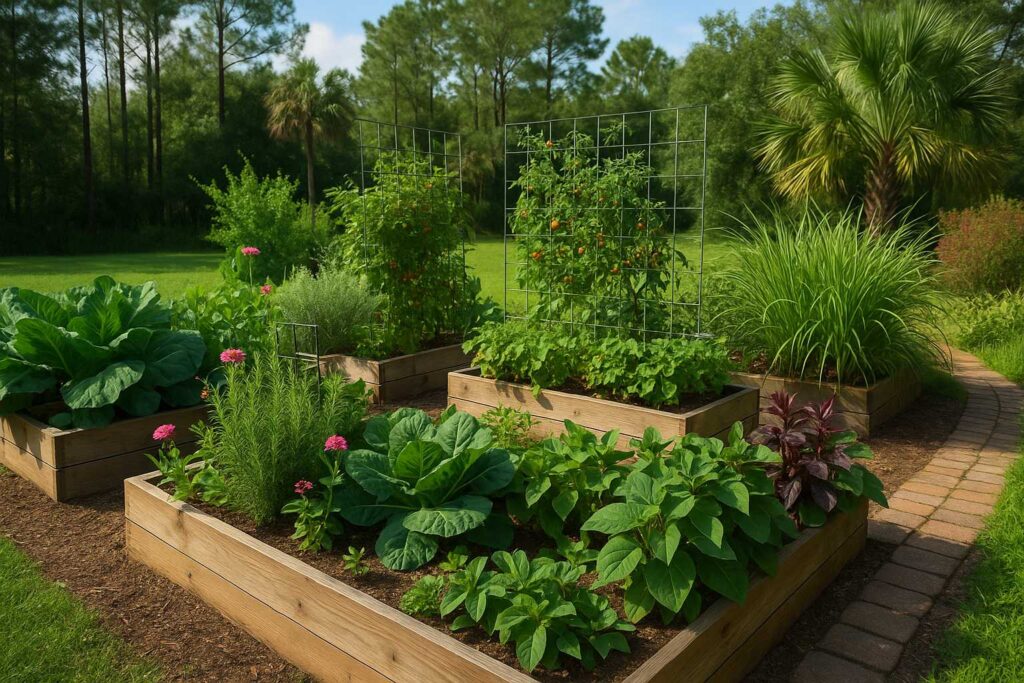In a climate where seasons blur and the growing never truly stops, Central Florida gardeners have a unique gift: the ability to cultivate abundance year-round. But what if you could build a garden that gives and gives—without replanting every season?
Perennial herbs and vegetables are the quiet heroes of a Florida edible landscape. They thrive in our subtropical heat, laugh at drought, and come back stronger each year with just a little care. Once established, they ask for very little—and offer beauty, flavor, and nourishment in return.
Whether you’re planting a kitchen garden, an herbal apothecary, or a wild edible corner, these are the plants that will stand by your side through the long growing seasons (and occasional hurricanes).
Why Choose Perennials?
Low Maintenance: Once they’re established, most perennials require minimal watering, fertilizing, and pest control.
Soil Builders: Deep-rooted perennials help break up compacted soil and improve structure over time.
Pollinator Friendly: Many bloom regularly, feeding bees and butterflies while feeding your family.
More Time for Tea: Less replanting means more time enjoying your garden instead of constantly tending it.
Favorite Perennial Herbs for Central Florida
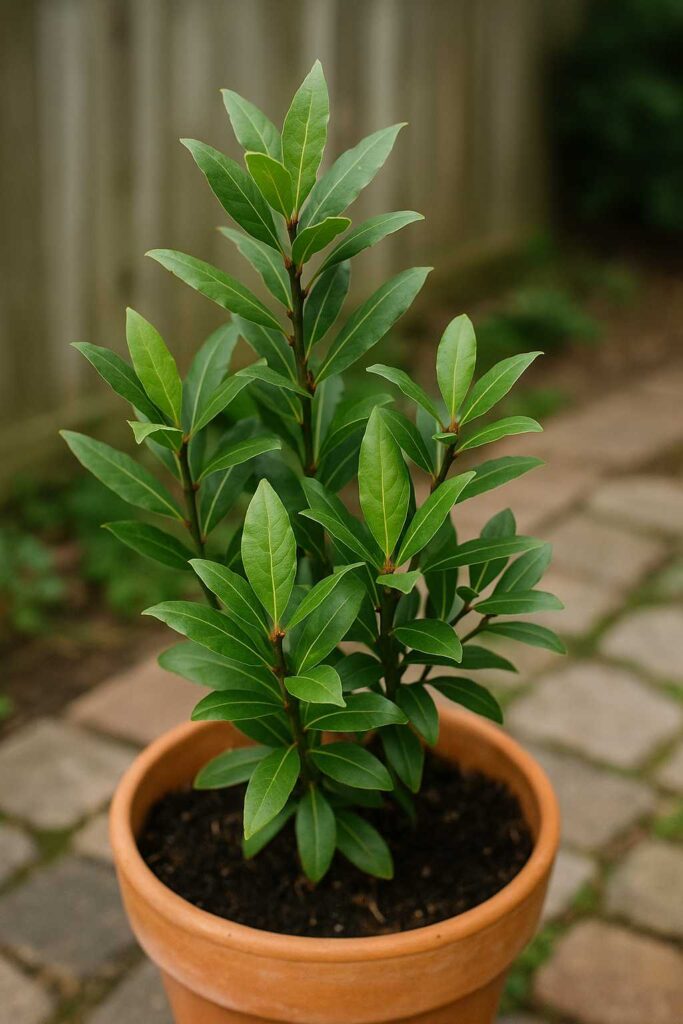
Culinary Bay (Laurus nobilis): Slow to start but a lifelong companion. Loves a container or a sheltered corner.
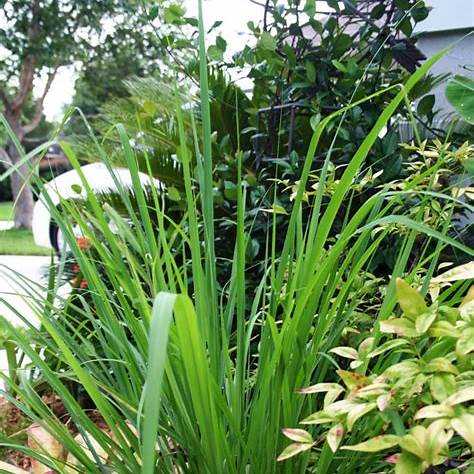
Lemongrass: Fragrant, edible, and makes an excellent mosquito-repelling hedge.
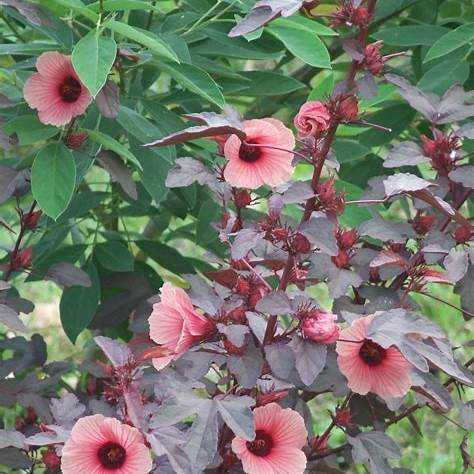
Cranberry Hibiscus: Striking magenta leaves, tart flavor, and beautiful in salads or teas.
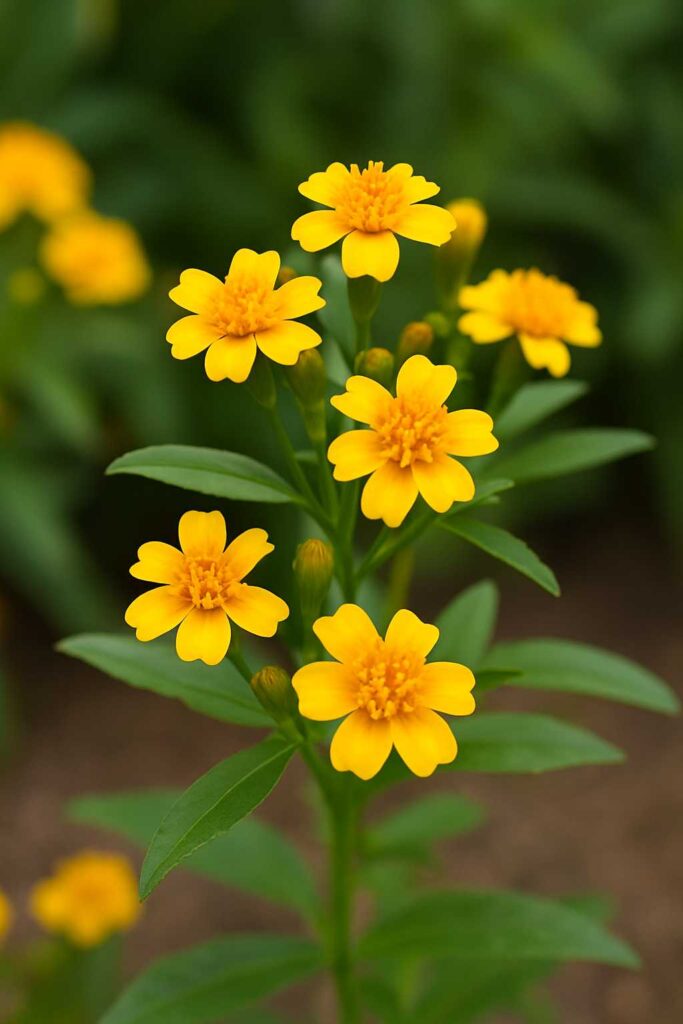
Mexican Tarragon (Tagetes lucida): A heat-loving alternative to French tarragon with golden blooms and anise flavor.
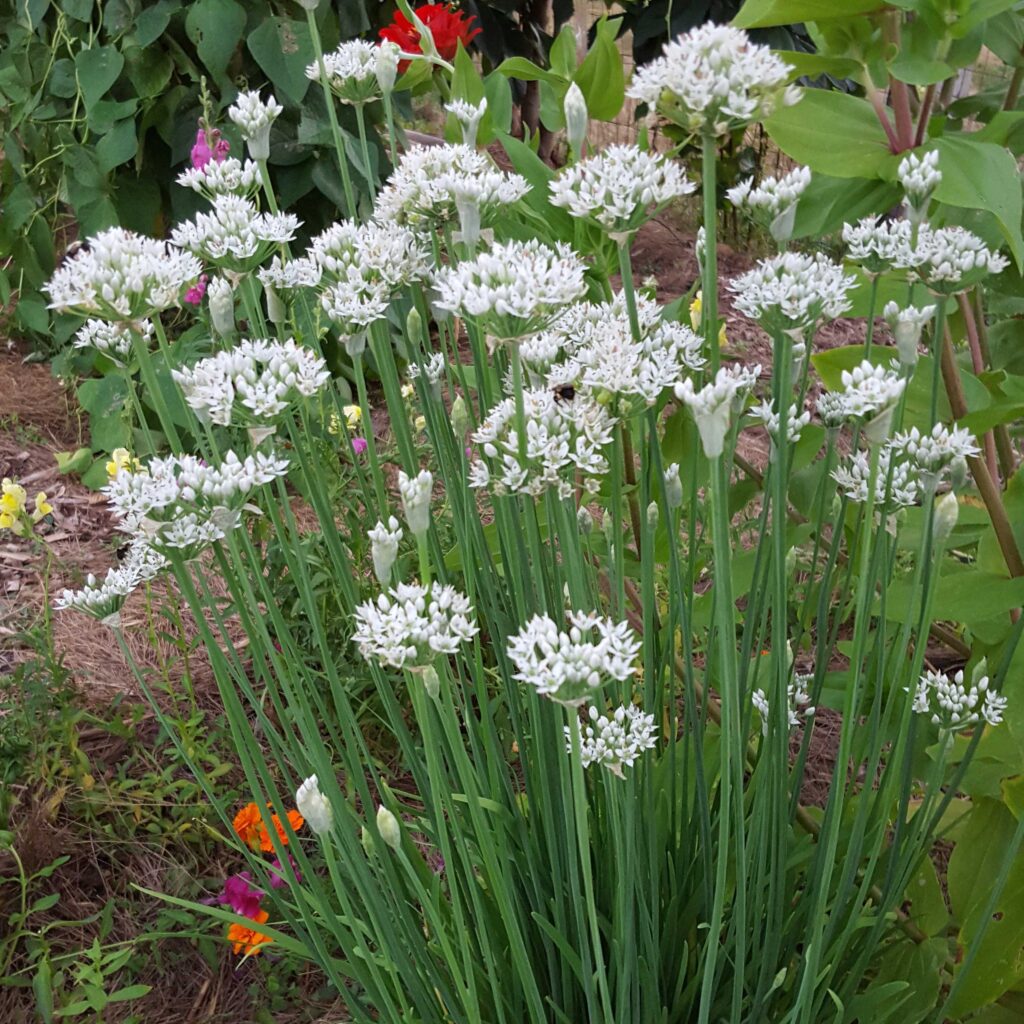
Garlic Chives: Stronger than their green cousins, garlic chives bloom in white pom-poms and come back after every trim.
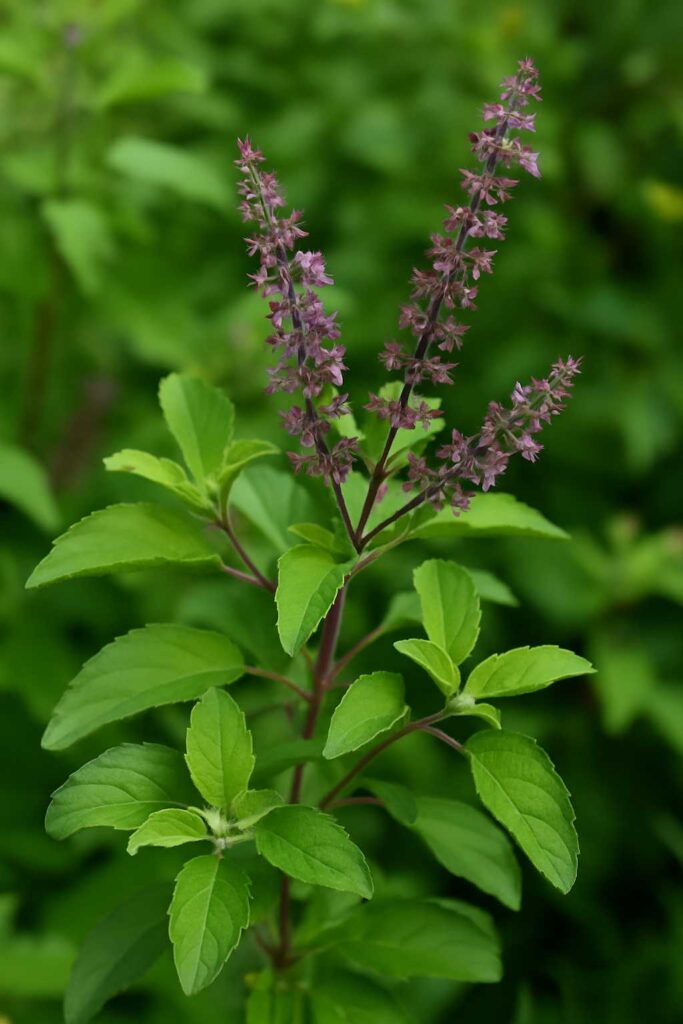
Tulsi (Holy Basil): Though technically a short-lived perennial, with protection it will return and reseed generously.
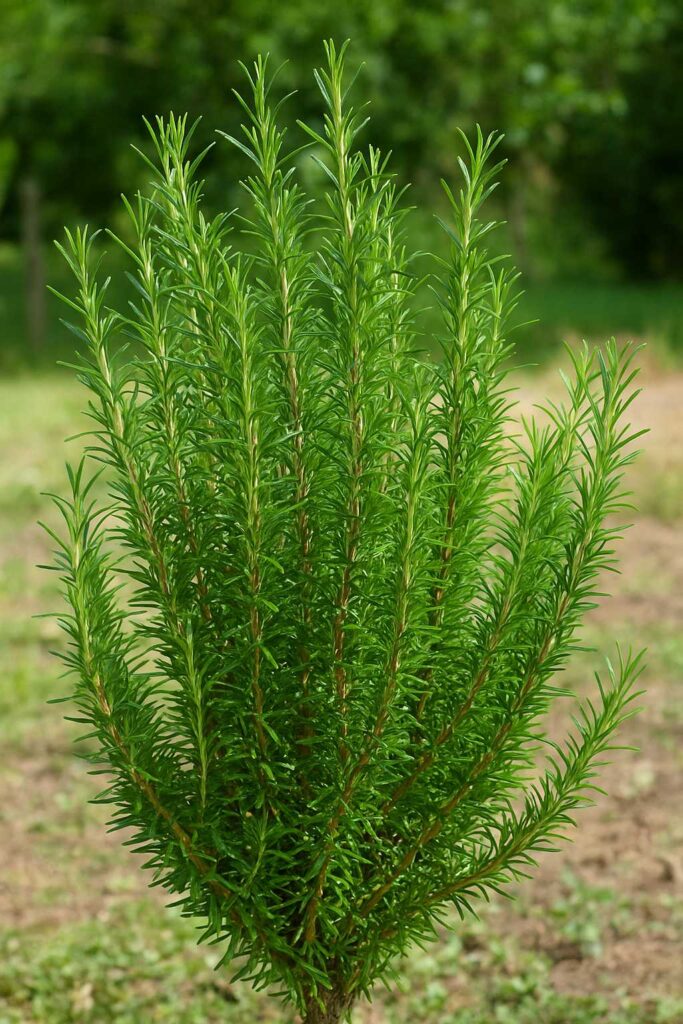
Rosemary: A Mediterranean herb that thrives in sandy soil and full sun—Florida perfection.
Easy-Going Perennial Veggies
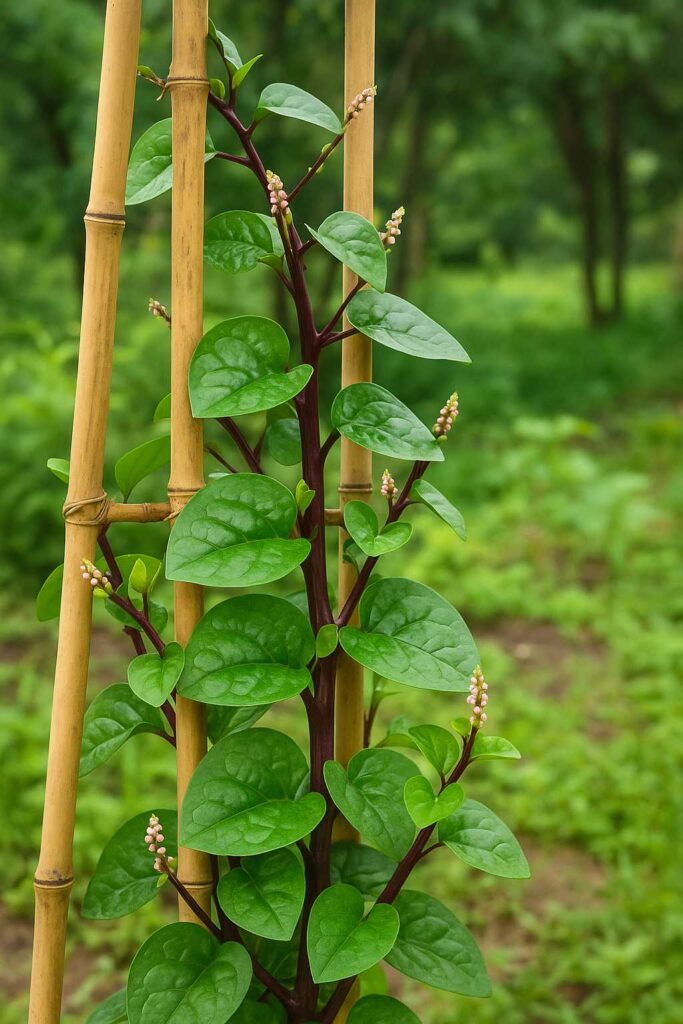
Malabar Spinach: A heat-loving vine with glossy green leaves and a crunchy, earthy taste. Great for trellising.
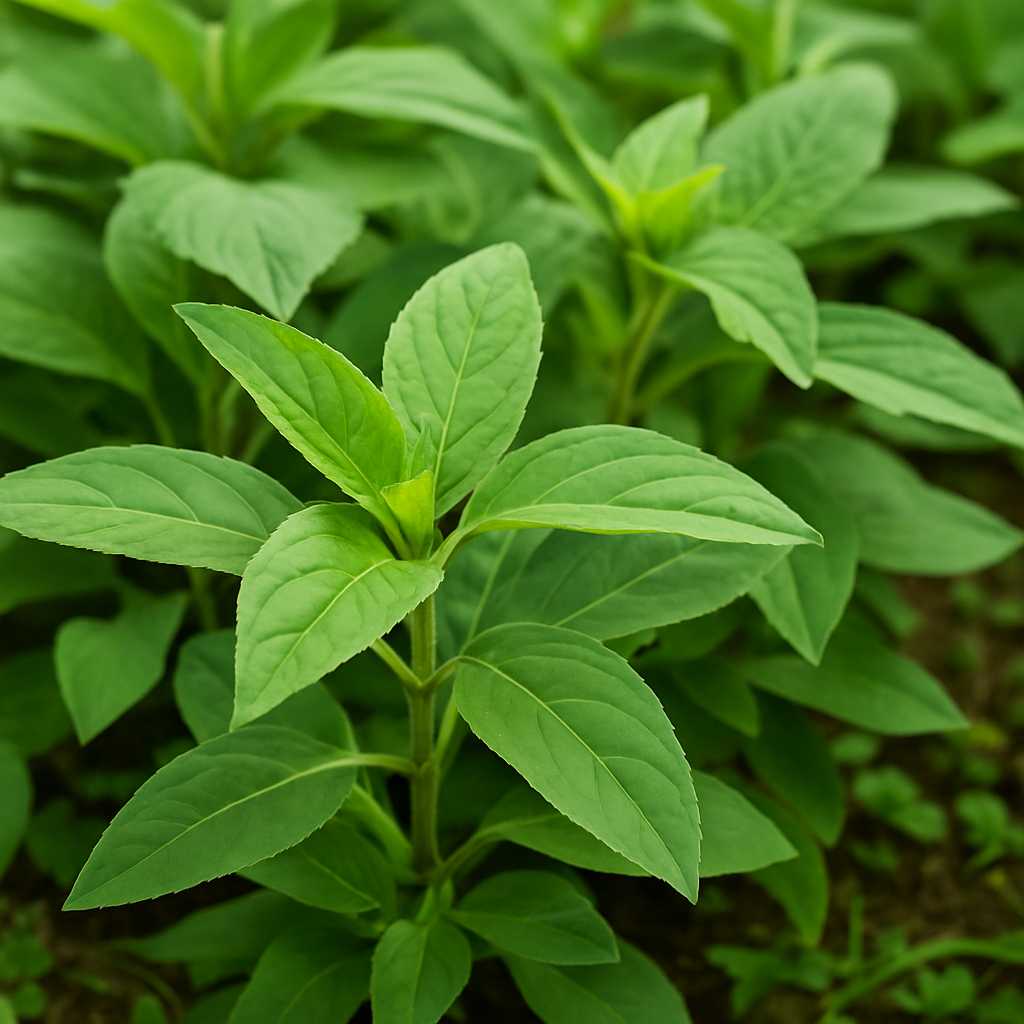
Longevity Spinach (Gynura procumbens): A powerhouse of nutrition, grows like groundcover, and loves part shade.
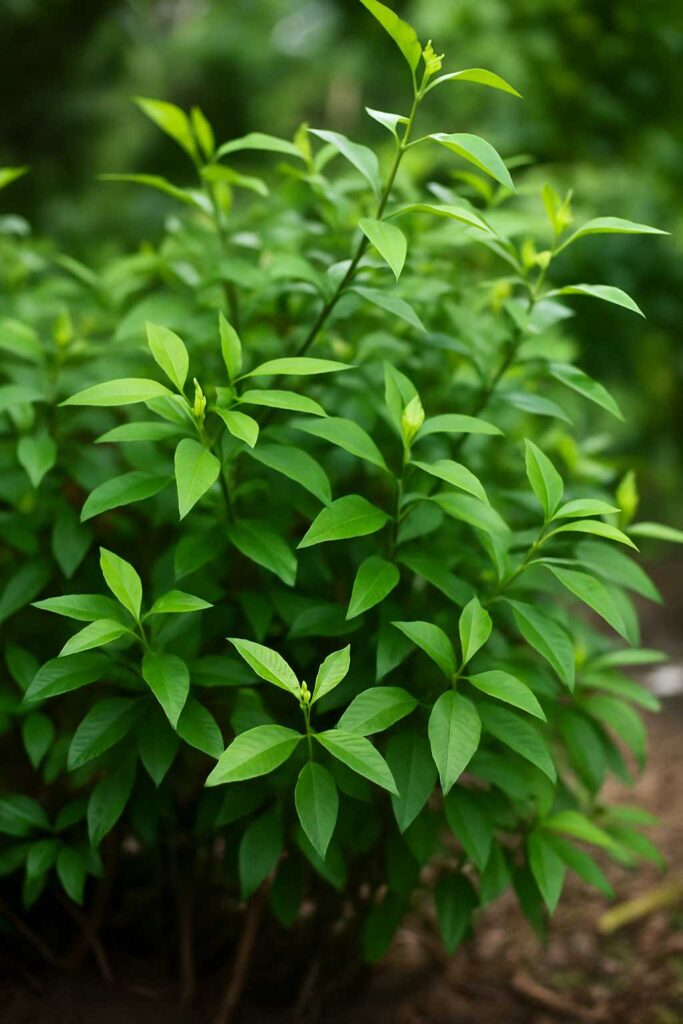
Katuk: Crunchy, nutty-flavored leaves. Eat raw or stir-fried. Grows into a compact shrub.
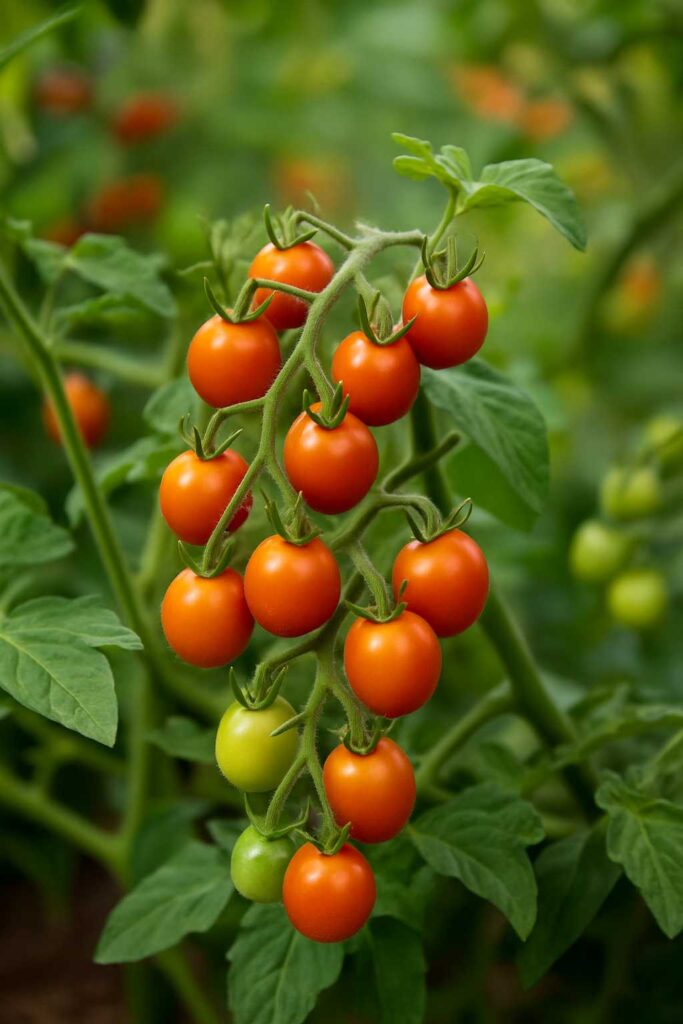
Everglades Tomato: Native to South Florida and wildly resilient. Produces tiny, flavorful fruits.
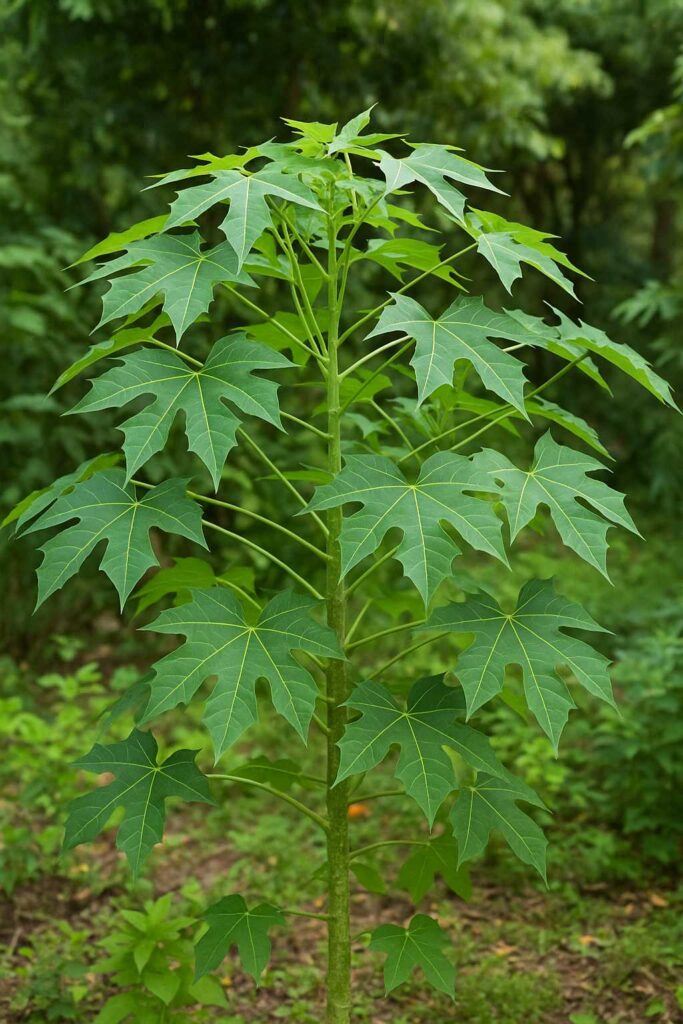
Chaya (Tree Spinach): High in protein and prolific—just be sure to cook the leaves to neutralize toxins.
Yacon: A root crop with crunchy, sweet tubers and sunflower-like foliage. Loves rich soil.
Design Tip:
Group your perennial edibles in the sunniest part of the garden with good airflow. Consider adding a stone path between sections for easy access and beauty—and mix in pollinator flowers like African blue basil, echinacea, and pentas for constant color.
Garden Wisdom: How to Keep Them Thriving
Mulch Deeply: Florida heat dries soil fast. A thick mulch layer preserves moisture and feeds the soil.
Chop & Drop: Trim your herbs and drop the cuttings to nourish the roots below.
Feed Gently: Compost or diluted fish emulsion once or twice during the growing season is usually enough.
Mind the Cold Snaps: Even tropical plants can be mulched, tented, or container-moved when cold fronts blow through.
Final Thoughts
Planting perennials is like making a pact with your land. You promise care and attention, and in return, the plants give you years of medicine, meals, and magic.
Whether you’re a new gardener or a seasoned grower hoping to simplify your space, start by planting something that stays. In Florida, roots run deep—and with the right plants, they also run wide.
